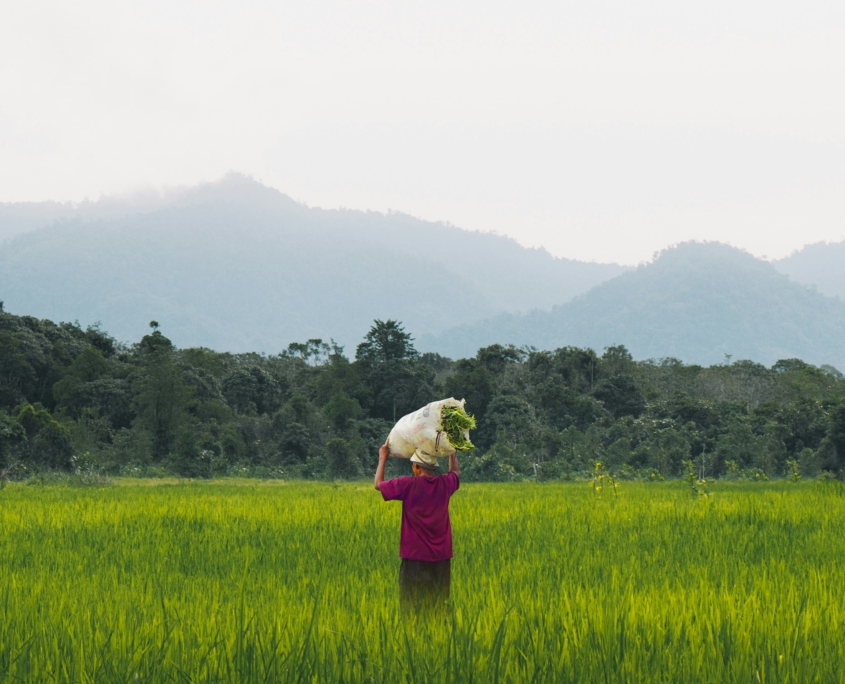 More than 333 million people worldwide faced food insecurity in 2023, according to estimates by the World Food Programme. When it comes to global poverty, food insecurity is one of the most pressing issues. It disproportionately affects women and children, particularly those from low-income nations. The burden of severe food insecurity in Malaysia is 16% and malnutrition is 20.9%.
More than 333 million people worldwide faced food insecurity in 2023, according to estimates by the World Food Programme. When it comes to global poverty, food insecurity is one of the most pressing issues. It disproportionately affects women and children, particularly those from low-income nations. The burden of severe food insecurity in Malaysia is 16% and malnutrition is 20.9%.
The most vulnerable communities to the crisis are residents of Kelantan and Sabah, since agriculture is the main driving factor of their economies, the disruption of which exacerbates food insecurity and poverty among the regional population. The pandemic also thrust a lot of Malaysian residents already facing food insecurity even further into the crisis.
5 Organizations Fighting Food Insecurity in Malaysia
Fortunately, several regional and national programs tackle food insecurity in Malaysia. They aim to help alleviate the crisis among low-income families, marginalized communities and during natural disasters. Below is a list of five nonprofits and NGOs that are doing substantial work:
- Sincere Charity Association. Established in 2020 following the outbreak of the pandemic, the Sincere Charity Association provides financial, nutritional and welfare assistance to Malaysian families in need, single mothers, disabled people, orphans and students. In 2023, it held a New Year charity activity that monetarily helped 100 families. Participants also received free meals.
- Rizq-Ar-Rahman. This organization tackles food insecurity in Malaysia by providing weekly home-cooked meals to more than 300 families in need in Kuala Lumpur. It has implemented long-form solutions like installing water tanks in Malaysian villages to provide families with access to clean water.
- INSAN. Under its Food Security project, INSAN distributed food baskets to more than 500 people in 2016 and more than 1125 in 2018 in and near Kuala Lumpur and Selangor state. INSAN’s annual Qurbani program, which helps vulnerable Muslim communities in Malaysia by providing Qurbani meat, benefited 2025 people in 2019.
- Kechara Soup Kitchen. Since 2008, the Kechara Soup Kitchen has provided meals to 1,324,072 people in urban communities throughout the country. Its food bank program, which gathers surplus food and produce from markets, hotels and businesses and distributes it to those in need, has helped 21,698 families tackle food insecurity in Malaysia.
- Food For The Hungry International Malaysia. Launched in 2006, FHI Malaysia focuses on providing food to children in the rural areas of Sabah and conducting community development through agriculture. In September 2022, it converted a wetland along Sabah into a plot to implement a System of Rice Intensification, an ecological strategy meant to increase the productivity of rice and other crops.
Looking Ahead
In the face of mounting food insecurity challenges, Malaysia is witnessing the unwavering dedication of various organizations committed to making a difference. With innovative approaches and grassroots initiatives, these groups are providing essential support to those most vulnerable, from rural communities in Sabah and Kelantan to urban families in Kuala Lumpur.
As these organizations continue to expand their reach and impact, they embody collective resilience, demonstrating that through collaboration and compassion, overcoming food insecurity is within grasp. The road ahead, while challenging, is brightened by the promise of sustained support and community empowerment, guiding Malaysia toward greater food security and prosperity.
– Jay Kosumi
Photo: Unsplash
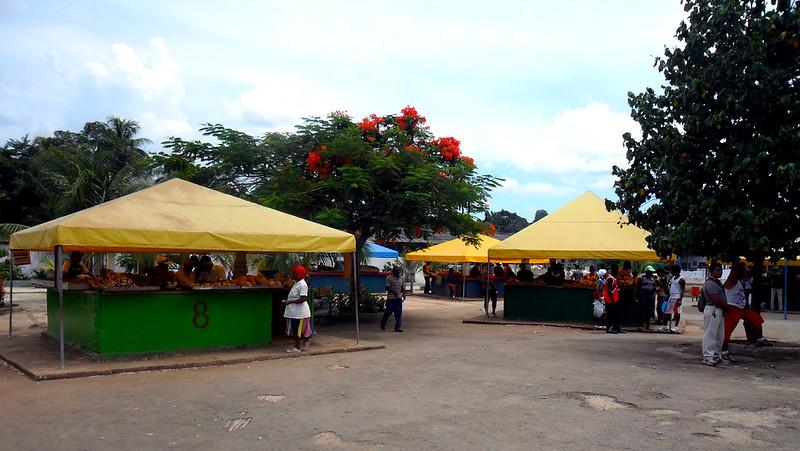 A 2023 Cuban Observatory for Human Rights (OCDH) report reveals that
A 2023 Cuban Observatory for Human Rights (OCDH) report reveals that 
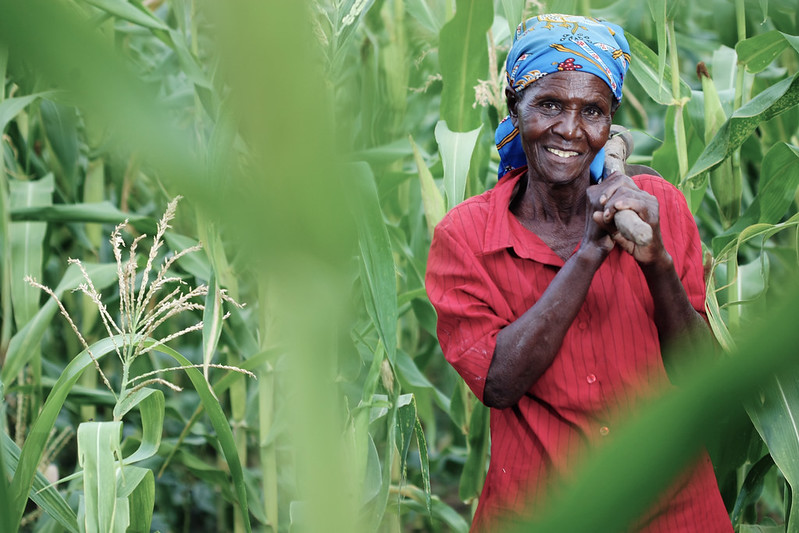 Kenya, a country known for its vast savannahs and teeming wildlife, relies on agriculture for a large proportion of merchandise exports and approximately
Kenya, a country known for its vast savannahs and teeming wildlife, relies on agriculture for a large proportion of merchandise exports and approximately 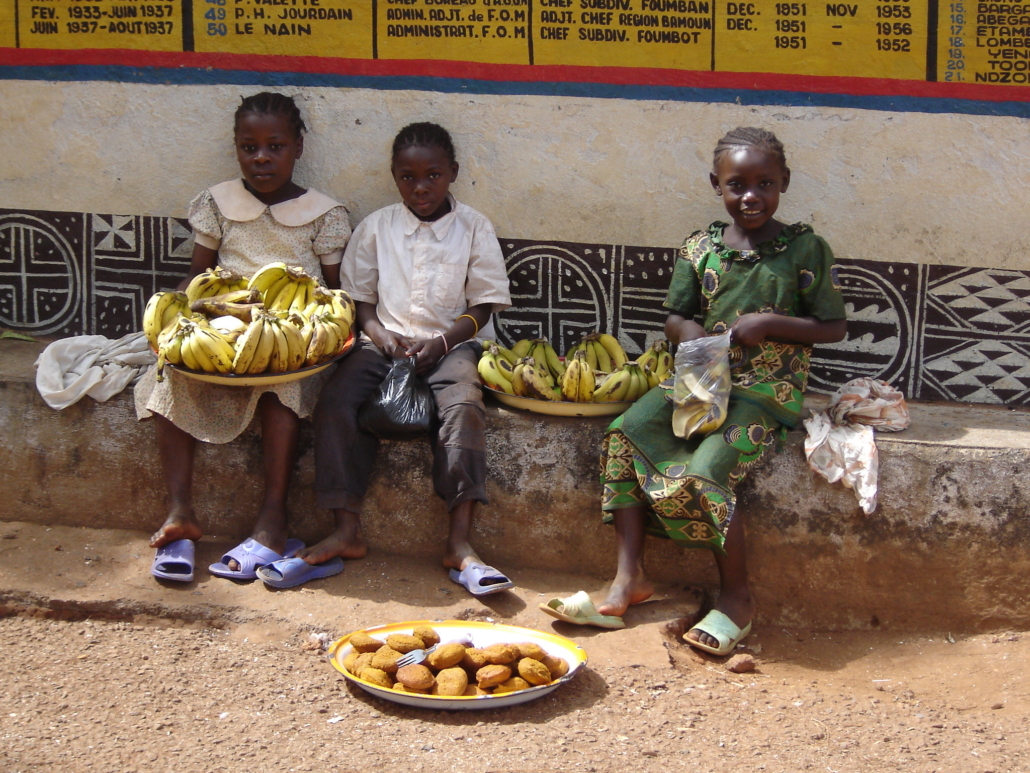
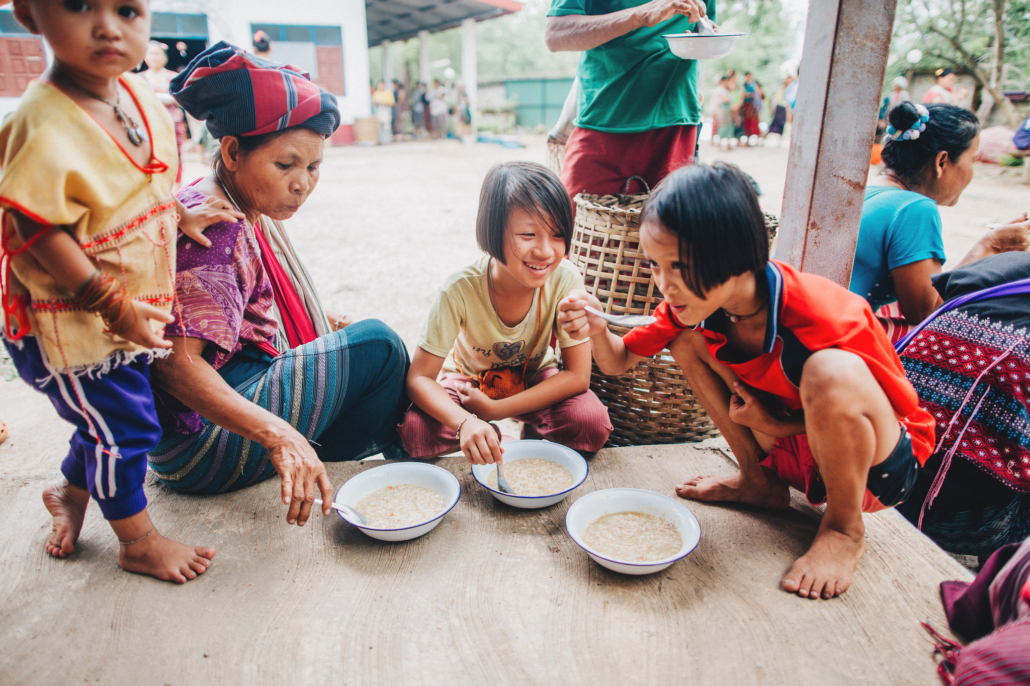 Hunger and food insecurity are serious issues in Thailand, with many low-income households and vulnerable communities unable to afford to feed their families. A lack of reliable access to food has exacerbated food insecurity amongst the poor and the COVID-19 pandemic has only worsened it. Fortunately, community assistance such as food banks shows promise to combat hunger in Thailand.
Hunger and food insecurity are serious issues in Thailand, with many low-income households and vulnerable communities unable to afford to feed their families. A lack of reliable access to food has exacerbated food insecurity amongst the poor and the COVID-19 pandemic has only worsened it. Fortunately, community assistance such as food banks shows promise to combat hunger in Thailand.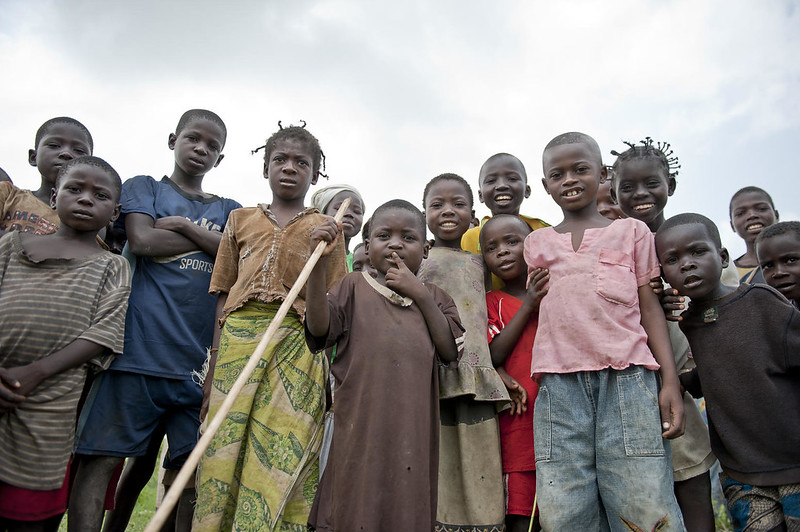 The Central African Republic, a
The Central African Republic, a 
 According to the World Health Organization, in 2021,
According to the World Health Organization, in 2021, 
